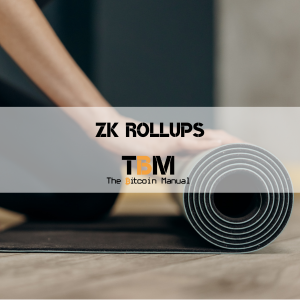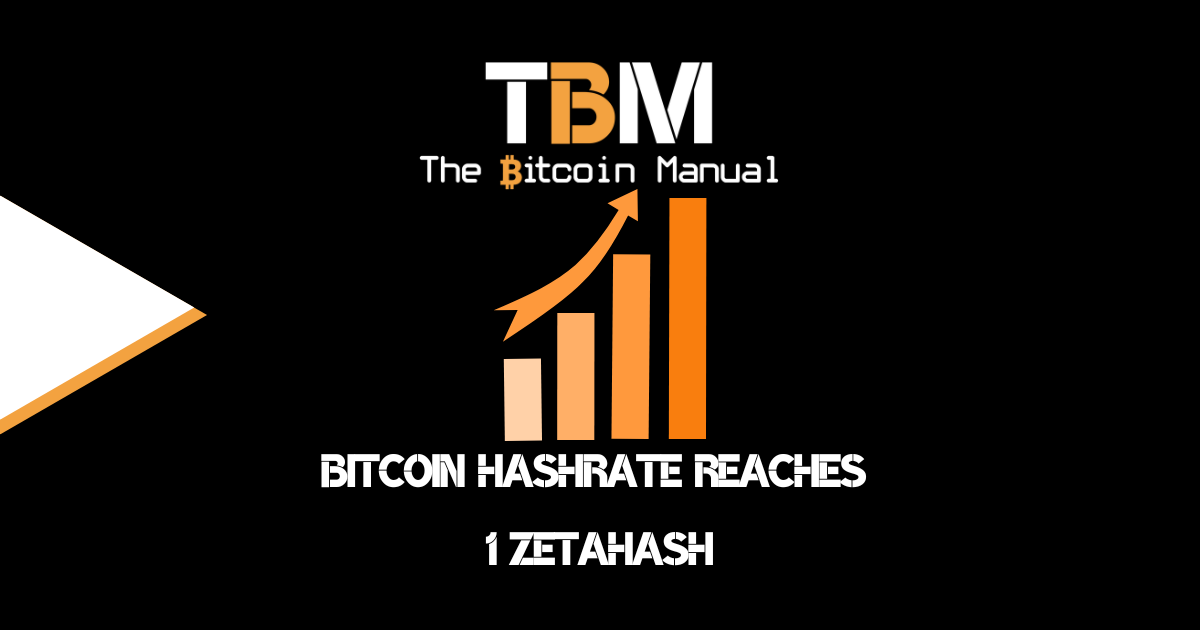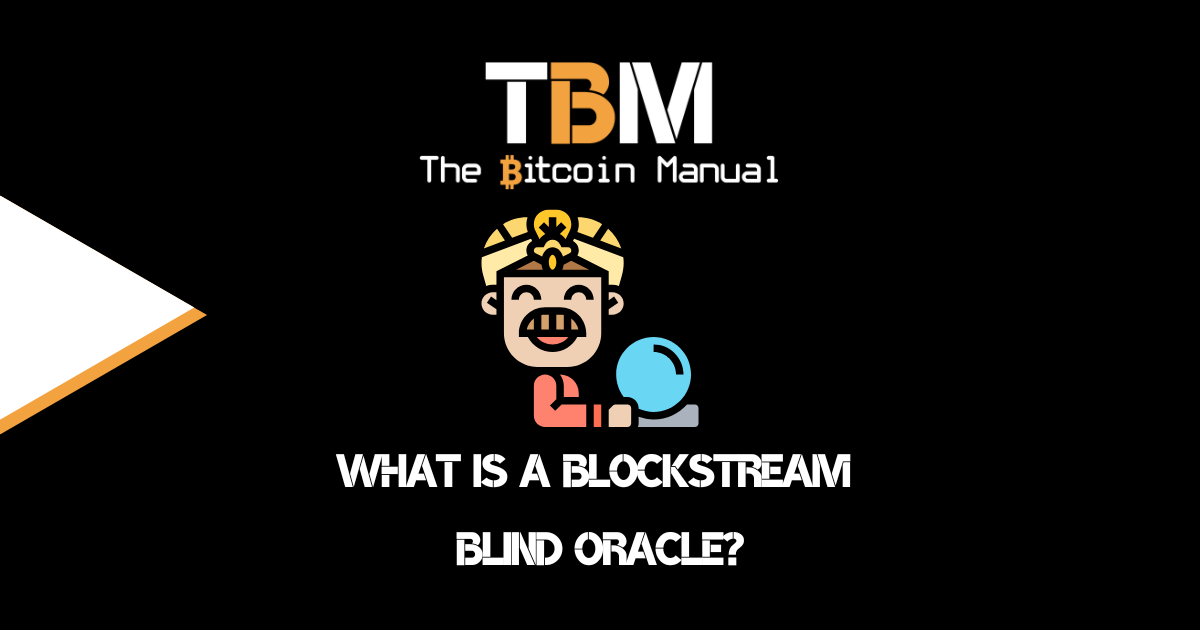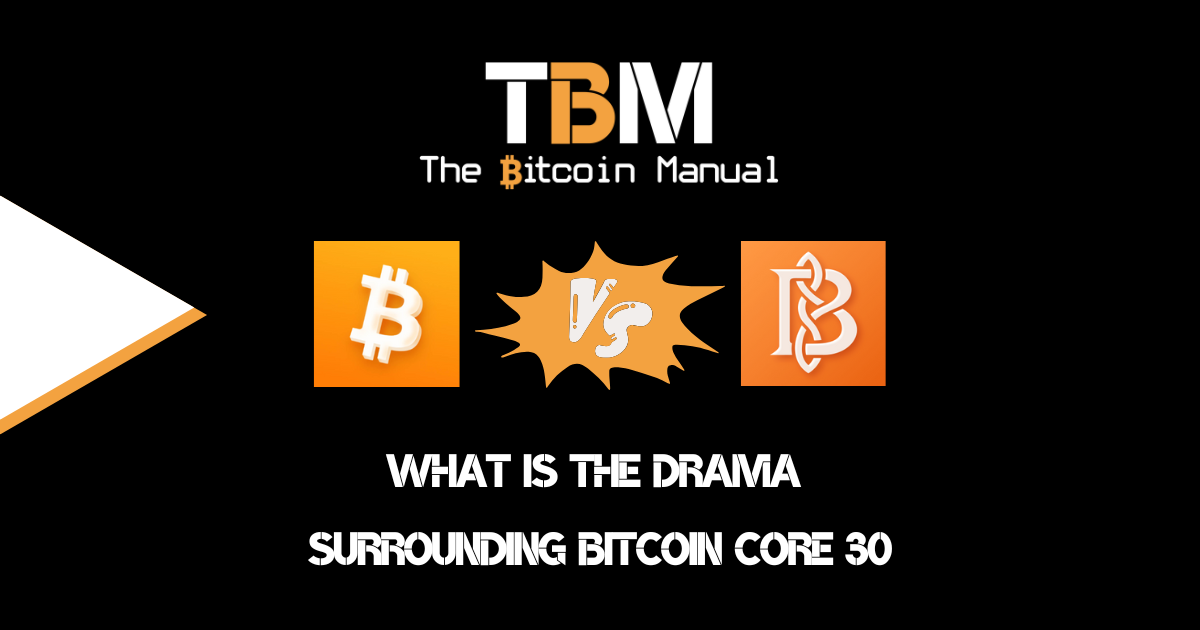What Are Rollups?
Home » Blockchain » Rollups
Bitcoin rollups are a type of Layer 2 scaling solution designed to increase the scalability of the network by offloading some of the transaction processing to a separate layer. Rollups take a batch of transactions and bundle them together into a single transaction verified on the Bitcoin mainchain. This allows for a much higher throughput of transactions than is possible on the mainchain alone. While the Bitcoin blockchain does not need to change, it still continues to process its blocks, that one block can be responsible for hundreds, even thousands of transactions, all bundled into one settlement transaction on-chain.
There are two main types of rollups:
Optimistic rollups work by assuming that the transactions in the batch are valid. If any of the transactions are invalid, then the rollup contract is slashed, and the funds are returned to the users.
Zero-knowledge rollups work by proving that the transactions in the batch are valid without revealing any information about the transactions themselves. This is done using a cryptographic technique called zero-knowledge proofs.

How do rollups work?
Users interested in using a particular rollup environment would need to run a node for that sidechain that knows how to interpret the data posted to Bitcoin and build up an account balance. However, this would mean that everyone would need to run a full node of that other protocol –– which is not scalable.
This is where the Zero-Knowledge part of rollups comes as it allows a prover to prove with mathematical certainty to a verifier that a computational statement is correct without revealing details about the specific pieces of information used to compute that proof.
ZK rollups allow any observer to verify those statements with fewer resource requirements; users don’t need to verify every transaction only the final proof. ZK proofs enable those using the rollup to get evidence of the latest state of the layer two with mathematical certainty from Bitcoin while retaining complete privacy.
Bitcoin rollups offer several advantages over other scaling solutions, including:
- Increased scalability: Rollups can significantly increase the throughput of Bitcoin transactions.
- Security: Rollups are secure because they are built on top of the Bitcoin blockchain.
- Privacy: Zero-knowledge rollups can offer strong privacy guarantees.
However, Bitcoin rollups also have some disadvantages, including:
- Complexity: Rollups are a complex technology, and they can be difficult to understand and implement.
- Cost: Rollups can be more expensive than other scaling solutions, such as sidechains.
- Adoption: Rollups need to be adopted by a large number of users and developers in order to be successful.
Despite these challenges, Bitcoin rollups can be a valuable scaling solution for Bitcoin in certain use cases. Rollups might be ideal for exchanges or certain applications that would like a more malleable environment for their users to conduct transactions and then move funds in and out when needed.
Rollups could make Bitcoin more scalable, secure, and private, allowing for non-custodial use that might not be as burdensome to users as other layer two solutions like the Lightning Network.
What do rollups do?
Rollups exist on other chains as a scaling solution, with Ethereum making a lot more progress due to its high gas fees, motivating developers and community members to find solutions. As research and deployment of rollups continue, we will see the limitations of this scaling solution.
One issue with rollups is they need a base chain that can be relied on for a source of truth, and there is no other blockchain with Bitcoin’s history of nearly flawless uptime and deep reorg resistance. While Bitcoin might not have the most advanced scripting language and make rollups harder to implement, it does provide you with assured finality and security through the base chain consensus.
Users moving to rollups.
If you want to use a rollup, first, you’ll need to have a wallet that connects to a node that recognises this environment and your wallet and has on-chain Bitcoin ready to go. Then, you’ll have to switch your Bitcoin to the layer two network with a bridging transaction.
Once your funds have been confirmed on-chain, they would be released in the rollup environment, and then you could interact with other wallets, smart contracts, applications and exchanges that support the rollup.
Rollups might not eliminate the cost involved in getting in and out, but you can offset those costs by staying in the rollup until you are ready to leave. Rollups also don’t have capital and liquidity issues that can make receiving funds more complicated, and you could onboard to a rollup environment without deploying capital first.
This means you can get started immediately, and only when you have enough funds to move back on chain, can you leave the rollup.
Risks of rollups
Rollup’s smart contracts can contain bugs – not unlike any other program, and when you leave the security of the base chain you are making a trade-off; you’re trading cheaper and faster transactions for a weaker security model. While fail-safes and audits should help prevent exploits, relying on an external program to handle transactions will always carry some added risk, and with the payoff of an exploit growing larger as Bitcoin price increases, you can be assured as rollups roll out, they will be attacked by hackers.
Both optimistic and ZK rollups are also still in their infancy, and the operator might be a single point of failure until the network can gain adoption. In some cases, the developing team behind a rollup maintains partial control over the network and can pause or switch it off wherever they like.
Rollups may also rely on centralised “sequencers” to efficiently coordinate transactions on the layer 2 chain. A sequencer can’t spoof or alter transactions, but it could technically censor or re-order them to extract some benefit for itself.
More information about rollups
| Source | Website |
| Sovereign SDK – ZK Rollups | https://www.sovereign.xyz/ |
| Starknet – ZK Rollups | https://www.starknet.io/ |
| Zerosync – ZK Rollups | https://zerosync.org/ |
Share with a friend
If you thought this information was helpful why not share it on your favourite social media network and encourage others to learn more about Bitcoin
The latest news from our blog

Bitcoin Hashrate Reaches 1 Zetahash
Despite the drama surrounding the release of Core 30 and the fact that Bitcoin continues to hover above $ 100,000, this latest bull cycle has

What Is A Blockstream Blind Oracle?
When it comes to Bitcoin self-custody, adding layers of security isn’t just good practice—it’s essential, as that stack soars in relative purchasing power, so does

What Is the Drama Surrounding Bitcoin Core 30?
The Bitcoin ecosystem is witnessing one of its most contentious debates in years, centred around Bitcoin Core version 30 and its controversial expansion of OP_RETURN
